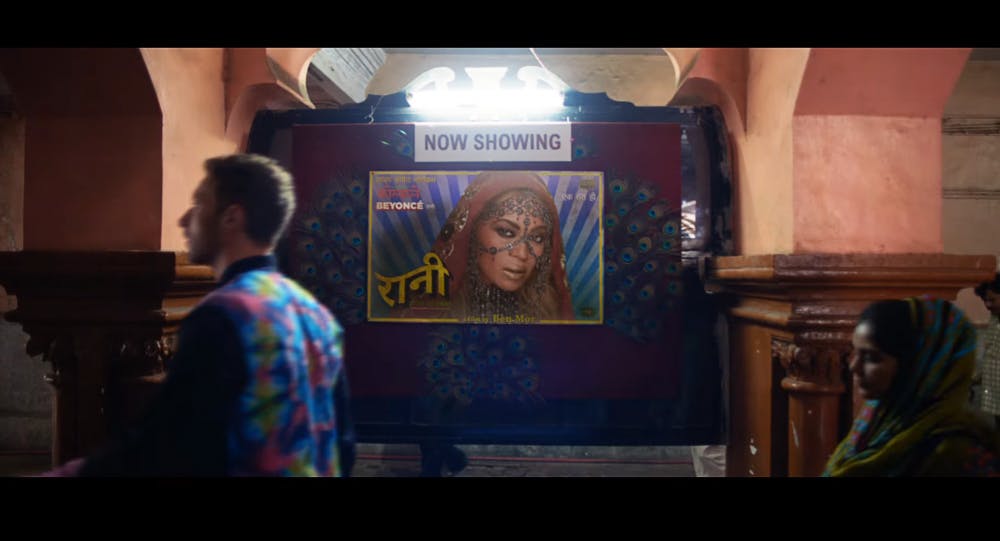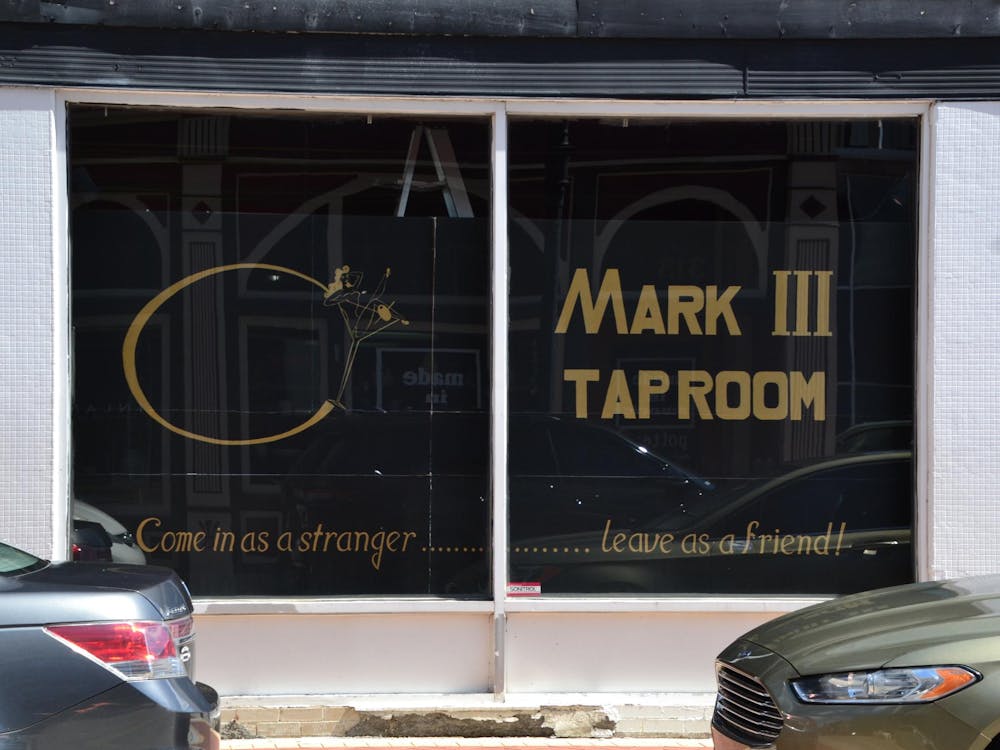Cultural appropriation is a common topic, most notably around Halloween when some dress up in costumes that can be found offensive to others. However, Coldplay is the latest to come under fire for cultural appropriation for its new music video, “Hymn for the Weekend.”
The video takes place in India depicting the Indian Holi festival and features Beyoncé as a Bollywood actress. When it was released, the Internet was so overloaded in India it shut down temporarily, but there have been many who disapprove of the portrayal of Indian culture.
By definition, cultural appropriation is the “adoption or use of elements of one culture by members of a different culture.” However, in an article found on Everyday Feminism, the power dynamic of cultural appropriation is explained.
Maisha Z. Johnson, who wrote the article, said “members of a dominant culture take elements from a culture of people who have been systematically oppressed by that dominant group.”
Chadwick Menning, an associate professor of sociology at Ball State, also said the problem lies with who has the power.
“Those who have a say in what gets presented are usually male, white and middle class,” Menning said. “Their views are the ones that get presented; it’s done with the perception that [stereotypical] images will be more palatable to the audience.”
There is a debate on whether or not the video only portrays stereotypes of India — poverty, holy men, fire eaters and Bollywood all make an appearance.
In an article by CNN, Mihir Joshi, a musician from Worli (where the video was filmed) said he finds the video annoying.
“India has young, educated, affluent, good-looking people as well,” he said in the article.
There is danger of becoming ethnocentric when people are pulling symbols from another culture and presenting them in a way that is offensive to the home culture, Menning said.
“The problem [with cultural appropriation] is not only stereotyping, but also the perpetuation of those stereotypes,” he said. “When people rely on [movies, TV shows, etc.] for information, and [stereotypes] is all they’re getting, they believe it’s the way things are.”
The representation of the Holi festival has also been called very stereotypical, showing children chasing each other and playing in the streets, throwing colored powder at each other. Twitter users were angry at the commonplace representation of the festival, showcased in an Independent, UK article.
Vanessa Covarrubias, a freshman computer science major, said while Coldplay is her favorite band, some parts of the video crossed the line.
“Beyoncé shouldn’t have been dressed like [a Bollywood actress],” Covarrubias said.
Covarrubias brought to attention another debate around the video: whether or not Beyoncé is in the wrong for portraying a Bollywood actress.
Sonam Kapoor, an actual Bollywood actress, appears briefly in the video. Critics are asking why Kapoor only had a small cameo instead of being featured.
Interestingly, Kapoor doesn’t agree with the cultural appropriation discussion surrounding the video. According to the CNN article, she said what Coldplay’s video shows “does exist in India.”
Though she wasn’t as happy with this video, Covarrubias still enjoys the band as a whole.
“Coldplay has always had colorful videos; it’s one of the things I like about them,” she said.
This is not the first time cultural appropriation has been a problem, and it likely won't be the last. Menning said Disney has been guilty of cultural appropriation in many films, including “Peter Pan,” “The Lion King,” “Tarzan” and “Mulan,” to name a few. “Aladdin” caused an uproar, resulting in the opening song being changed for its video release.
Another area where cultural appropriation is found is in sports. Many sports teams use Native American symbols, without having a good idea of what the underlying idea is in the culture, Menning said.
Although society is far from “fixing” cultural appropriation, Menning suggested many ways to being addressing the problem.
Hiring people who live within a culture to serve as authors about content from that culture would also address the issue.
“We need better informed writers and producers who are actually interested in understanding the culture,” Menning said. “Having people reach out and actively participate with people from the specific culture they’re portraying, and giving them an opportunity to communicate, ‘No, this is wrong, this is right.’”
On the viewer's side, being skeptical may help. Menning said viewers should keep in mind that what’s being portrayed may not be how things are.





